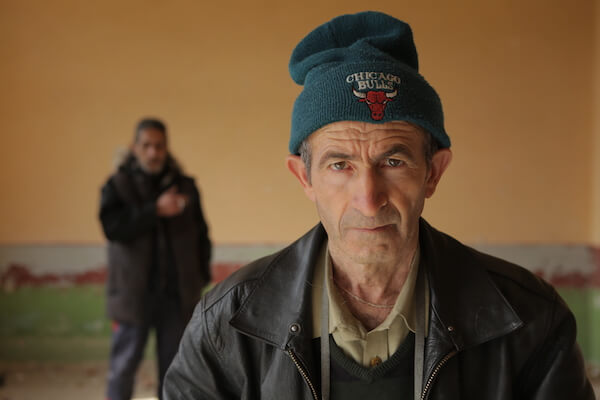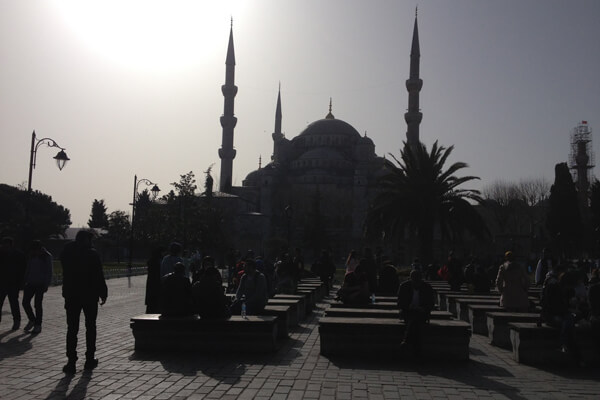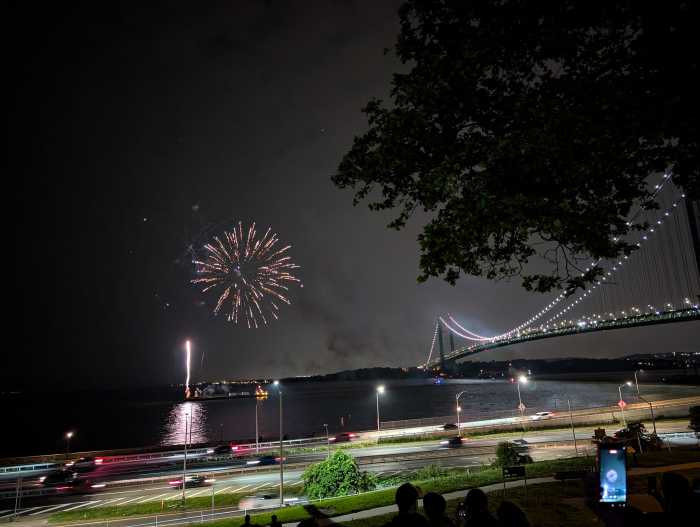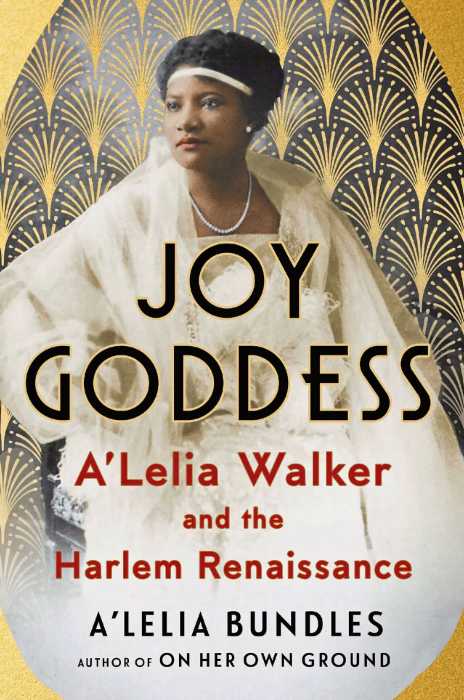Among the innumerable highly regarded T.E. Lawrence biographies, Anthony Sattin’s new work, “The Young T.E. Lawrence,” is noteworthy in deftly capturing the pre-World War I intellectual and emotional development of one of the 20th century’s great sexual enigmas.
Since Lawrence’s 1935 death in a motorcycle accident, there has been no shortage of lively debate over his sexuality — or asexuality. Sattin writes, “There continues to be a widespread belief that Lawrence was homosexual, either in practice or in thwarted desire.”
Sattin offers nothing new in sketching the specifics of Lawrence’s sexual practices, but he presents compelling evidence in understanding the depth of his same-sex feelings and what seems unmistakably to have been his love affair with an adolescent Syrian boy.
New biography explores Briton’s emotional, intellectual journey in pre-World War I Middle East
Sattin acknowledges the daunting challenge of fully probing the psyche of the man posthumously catapulted to even greater fame than he had in life as Lawrence of Arabia: “He has been hailed as a hero and denounced as another imperialist out to exploit the less fortunate, both championed and derided as a homosexual, and dismissed as a self-publicist, a fantasist, a fake.”
Sattin illustrates the great renown Lawrence achieved based on his contribution to the defeat of the Turkish army during World War I, writing, “The show that opened in the Royal Opera House [in London] in 1919 and packed theatres around the world in the 1920s was originally titled ‘With Allenby in Palestine,’ before being changed to ‘With Allenby in Palestine and Lawrence in Arabia’ when it became clear that crowds wanted to see Lawrence: more than 4 million people world-wide went to see the lecture and screening.”
In the 95 years since then, competing views on Lawrence have grown abundant. Widely tagged as an Arabophile who sought to unify a fragmented Arab world into an independent state in the heartland of the Islamic Middle East, Lawrence also wrote, “The sooner the Jews farm it the better: their colonies are bright spots in a desert.” He promoted Zionist immigration to Palestine, and one failing in Sattin’s volume is the lack of a nuanced treatment of Lawrence’s views regarding political Zionism and the prospects of a Jewish state.
Born in 1888, Lawrence left Oxford to help unearth the remains of the great Hittite empire, which reached its zenith in the 11th century BC. His archaeological work from 1910 until 1914 largely involved the ancient city of Carchemish, situated in what are today southeastern Turkey and the nearby Syrian town of Jerabulus.
In Sattin’s telling, the young Lawrence became enamored of a water boy during an excavation in northern Syria. Lawrence met Salim Ali (whose name has elsewhere been rendered as Selim Ahmed) when the boy was either 13 or 14. Ali’s light complexion prompted the nickname Dahoum, which means darkness and was likely coined by his fellow Syrians as a kind of ironic wordplay.
The volatile Syrian-Turkey border region is now a major conduit for Islamic State combatant penetration into Syria, and what this reporter witnessed last year in cross-border violence and instability contrasts sharply with the romanticism about a non-radical Islamic period that Lawrence brought to his writing.
“We were there for 4 years and it was the best life I ever lived,” Lawrence said. In a 1912 letter to his parents, he wrote, “Really, this country, for the foreigner, is too glorious for words.”
Lawrence and Dahoum shared — one could argue — a partnership that would instantly be recognizable to gay men today. They were, according to Sattin, inseparable in the summer of 1913. “I would like to bring Dahoum back with me for conversation purposes,” Lawrence said, an announcement about which Sattin wryly comments, “Whatever Lawrence wanted with Dahoum, it was far more than mere conversation.”
The deep affection between Lawrence and Dahoum unfolded during a period when the British government’s criminalization of same-sex relations was a policy aggressively pursued. The sodomy prosecution in London of the great gay Irish writer, playwright, and poet Oscar Wilde began in 1895, culminating in his incarceration and then his tragic death in 1900. It’s hardly surprising, then, that Lawrence would employ coded language in talking about his love for Dahoum, who died a premature death in 1916. Typhus robbed the young man of what could have been a bright future, aided by his older companion, in post-World War I Syria.
When Lawrence, in 1922, published his autobiographical masterpiece “Seven Pillars of Wisdom,” it was dedicated to “S.A.” in a poetic preface that read, in part:
I loved you, so I drew these tides of men into my hands
And wrote my will across the sky in stars
To earn you Freedom, the seven pillared worthy house,
That your eyes might be shining for me when we come.
Death seemed my servant on the road, till we were near
And saw you waiting
When you smiled, and in sorrowful envy [death] outran me
And took you apart: into his quietness.
Though Lawrence never explained the initials, his biographers and other experts have, not surprisingly, speculated they stood for Salim Ali, Dahoum’s real name.
Lawrence’s language in discussing his feelings for Dahoum were typically opaque, but Sattin does not shrink from being explicit in characterizing them. Jeremy Wilson, the world’s leading Lawrence scholar and his authorized biographer, described Lawrence’s relationship with Dahoum as one based on “almost fatherly concern,” but in Sattin’s view, “there was more than paternal care; there was love.”
A “wanderer after sensations” was Lawrence’s phrase for his time in Syria. This innocence would melt abruptly when he suffered sexual assault at the hands of Turkish soldiers in a garrison in the Syrian town of Deraa in 1917. Lawrence scholars continue to feverishly debate the specifics of what happened at Deraa, but his own description in “Seven Pillars” of his torture, including as many as a hundred lashes on his backside as well as rape, is a chilling read.
In the post-Deraa period, Lawrence felt he “was not going to last out the game much longer.” In the stiff upper lip fashion of post-Victorian England, Lawrence remarked, “I am getting shy of adventures.”
Intimates among Lawrence’s contemporaries also lend credence to the conclusion he was homoerotically inclined.
His supervisor at the archaeological site, Leonard Woolley, claimed Lawrence had “Dahoum to live with him and got him to pose as model for a queer crouching figure which he carved in the soft local limestone.” Woolley, who was knighted in 1935 for his role in modernizing the field of archaeology, wrote, “To make an image was bad enough in this way, but to portray a naked figure was proof to them of evil of another story. The scandal about Lawrence was widely spread and firmly believed.”
Sattin notes that a crude form of payback may lie behind Woolley’s allegations, since Lawrence had mocked his former supervisor in his writings. Woolley later seemed to pull back his characterization of Lawrence as a homosexual, without tempering his anti-gay rhetoric. Lawrence, he wrote, “was in no sense a pervert; in fact, he had a remarkably clean mind. He was tolerant, thanks to his classical reading, and Greek homosexuality interested him, but in a detached way, and the interest was not morbid but perfectly serious.”
Gay novelist E.M. Forster, a post-Great War friend of Lawrence, is also marshaled by Sattin in his examination of Lawrence’s relationship with Dahoum. “Personal emotion entered,” Forster wrote. “He became intimate with Dahoum, to whom he was passionately devoted.” In a 1927 letter to Forster, Lawrence wrote, “I’m so funnily made up, sexually.”
If Lawrence was circumspect about his affection for Dahoum, the Syrian youth was similarly oblique. When Lawrence’s Arabic teacher Fareedeh el Akle asked Dahoum about his apparent unconditional commitment to the Briton, he replied, “You ask why we love Lawrence? And who can help loving him? He is our brother, our friend and leader. He is one of us, there is nothing we do he cannot do, and he then excels us in doing it… we love him because he loves us.”
Is the use of the third person “we” simply a reflection of the lack of a Western sense of individual identity among rural Syrian tribespeople or was Dahoum nervous about revealing the nature of his relationship with Lawrence? Here, Sattin could have delved more deeply. It’s clear the two men’s lives were profoundly intertwined. A famous photograph of Lawrence has him wearing what is believed to be Dahoum’s clothing, and pictures of the two of them are full of blissful expressions.
It is hard to accept the conclusion of Vyvyan Richards, a Lawrence classmate at Oxford and biographer, that Lawrence was “sexless” and “unaware of sex.” In fact, Richards revealed he was madly in love with Lawrence: “It was love at first sight. He had neither flesh nor carnality of any kind; he just did not understand. He received my affection, my sacrifice, in fact, my total subservience, as though it was his due. He never gave the slightest sign that he understood my motives or fathomed my desire.”
Lack of reciprocation is not necessarily the same thing as lack of feeling, and it’s difficult to see Lawrence’s relationship with Dahoum as purely platonic.
Sattin’s otherwise fine biography could have benefited from scrutiny of Lawrence’s gay masochistic sessions at home in England after the war. In his 1969 book “The Secret Lives of Lawrence of Arabia,” John Bruce, a fellow soldier in the Royal Tank Corps, described floggings he administered to Lawrence. Much of Bruce’s story about Lawrence has been debunked, but on the matter of whippings, both Lawrence’s youngest brother, Arnold, his literary executor, and Jeremy Wilson, the authorized biographer who administers the T.E. Lawrence Studies website, offered confirmation. On “about eleven occasions,” Wilson wrote, Lawrence “arranged secretly to have himself beaten in ritual related to the events at Deraa. He also appears also to have suffered during these years from less extreme forms of masochistic disorder.”
What, if any, connection was there between Lawrence’s “masochistic disorder” and his carnal inclinations? That question is left unexplored by Sattin. “The Young T.E. Lawrence,” however, does tease the reader with mention of the fact that Lawrence burned his book documenting his pre-war life in the Middle East out of concern over the “indiscretion” it betrayed about his life.
There are competing camps on whether Lawrence was gay. Wilson, his authorized biographer, noted that “a number of controversial biographers” concluded Lawrence was gay but that “neither of Lawrence’s major scholarly biographers” — himself and Harvard psychiatry professor John E. Mack — shared that view.
Key to the debate is precisely how one defines being gay. Does clear evidence of a deep abiding affection and intimacy — that ran the gamut from dressing in each other’s clothing to penning a posthumous poetic tribute of love — mean that Lawrence was gay? Or is the biographer or historian required to produce unambiguous evidence of physical lovemaking?
In a book that over-relies on the clinical term “homosexual” rather than the modern word “gay,” Sattin doesn’t find the evidence that perhaps “Lawrence’s major scholarly biographers” demanded.
The opacity of Lawrence’s own language in describing his affectional history recalls Oscar Wilde’s famous line about getting behind appearances: “Man is least himself when he talks in his own person. Give him a mask, and he will tell you the truth.”
Lawrence’s mask may have been the Victorian-era code language he came closest to moving beyond in his touching dedication to S.A. in “Seven Pillars of Wisdom.” The relationship Sattin describes between Lawrence and Dahoum was a gay bond, whatever physical form it took. Lawrence, we learn, was gay in Arabia.
THE YOUNG T.E. LAWRENCE | By Anthony Sattin | W.W. Norton & Company | $28.95
336 pages
Benjamin Weinthal reports on LGBT communities in the Middle East for the Jerusalem Post and is a fellow at the Foundation for the Defense of Democracies. Follow him on Twitter @BenWeinthal.



































